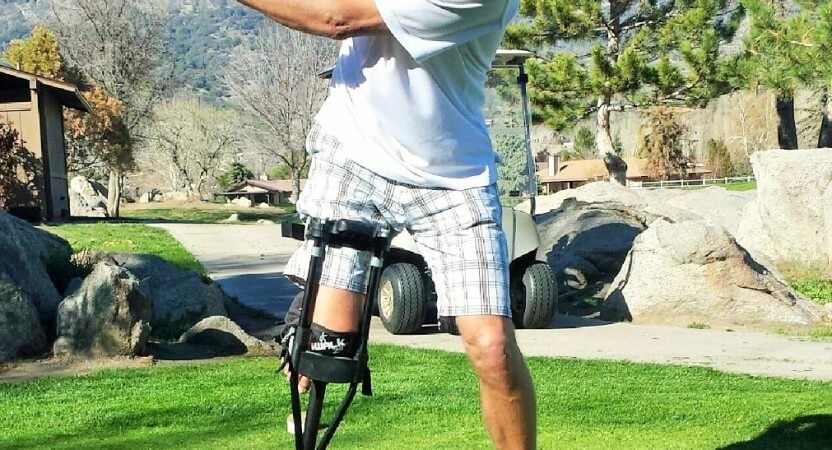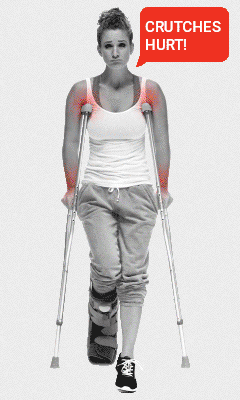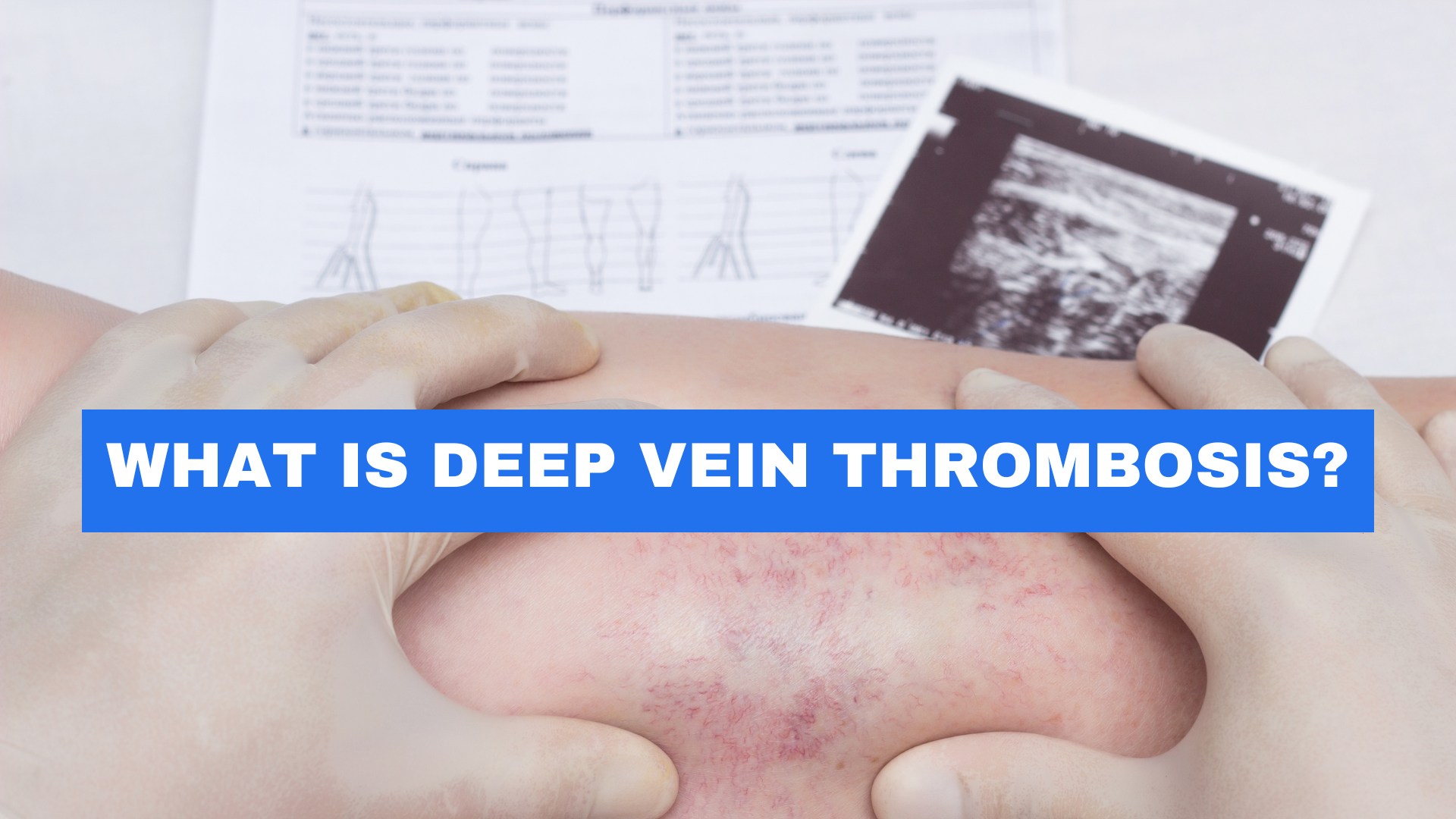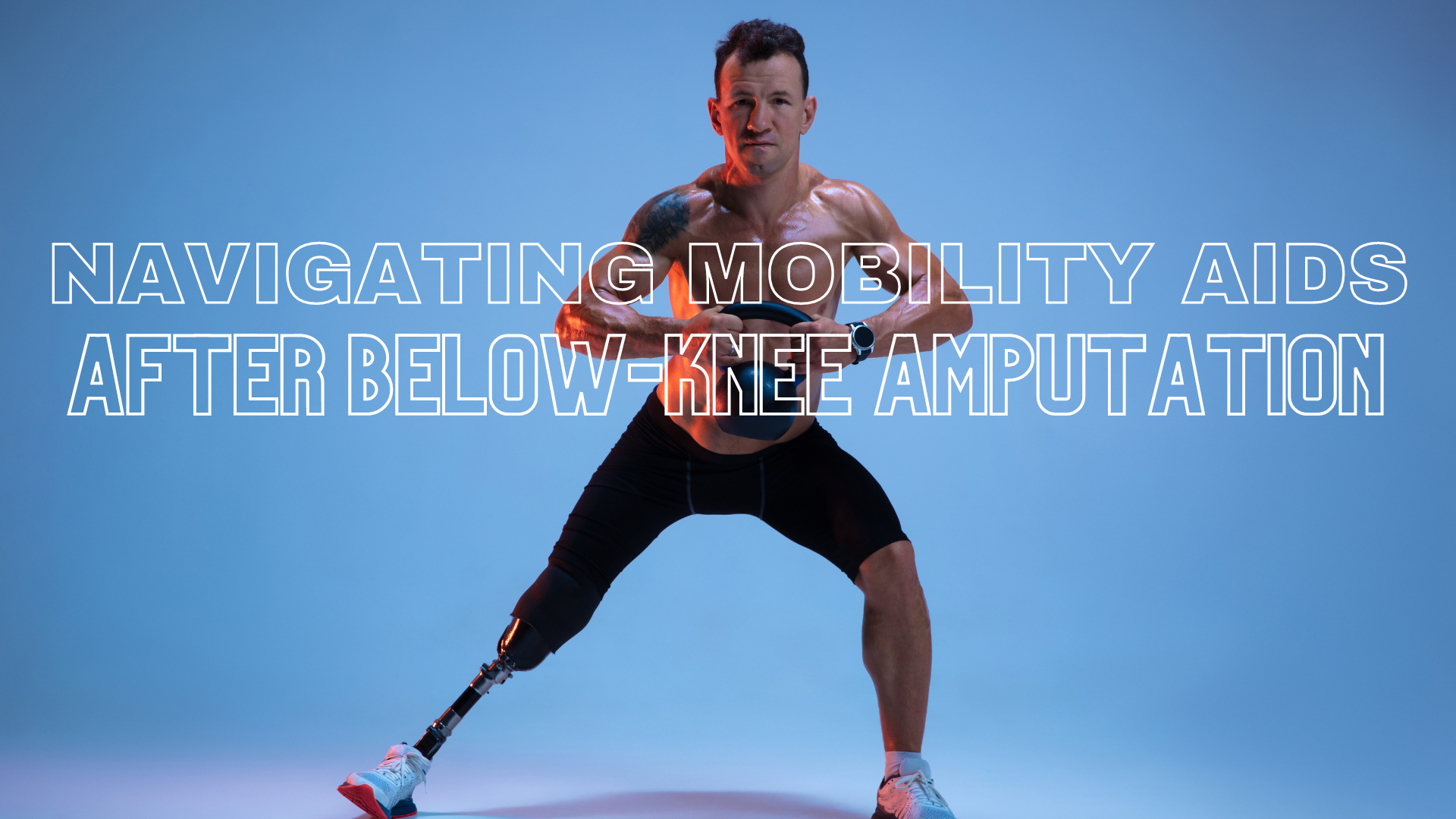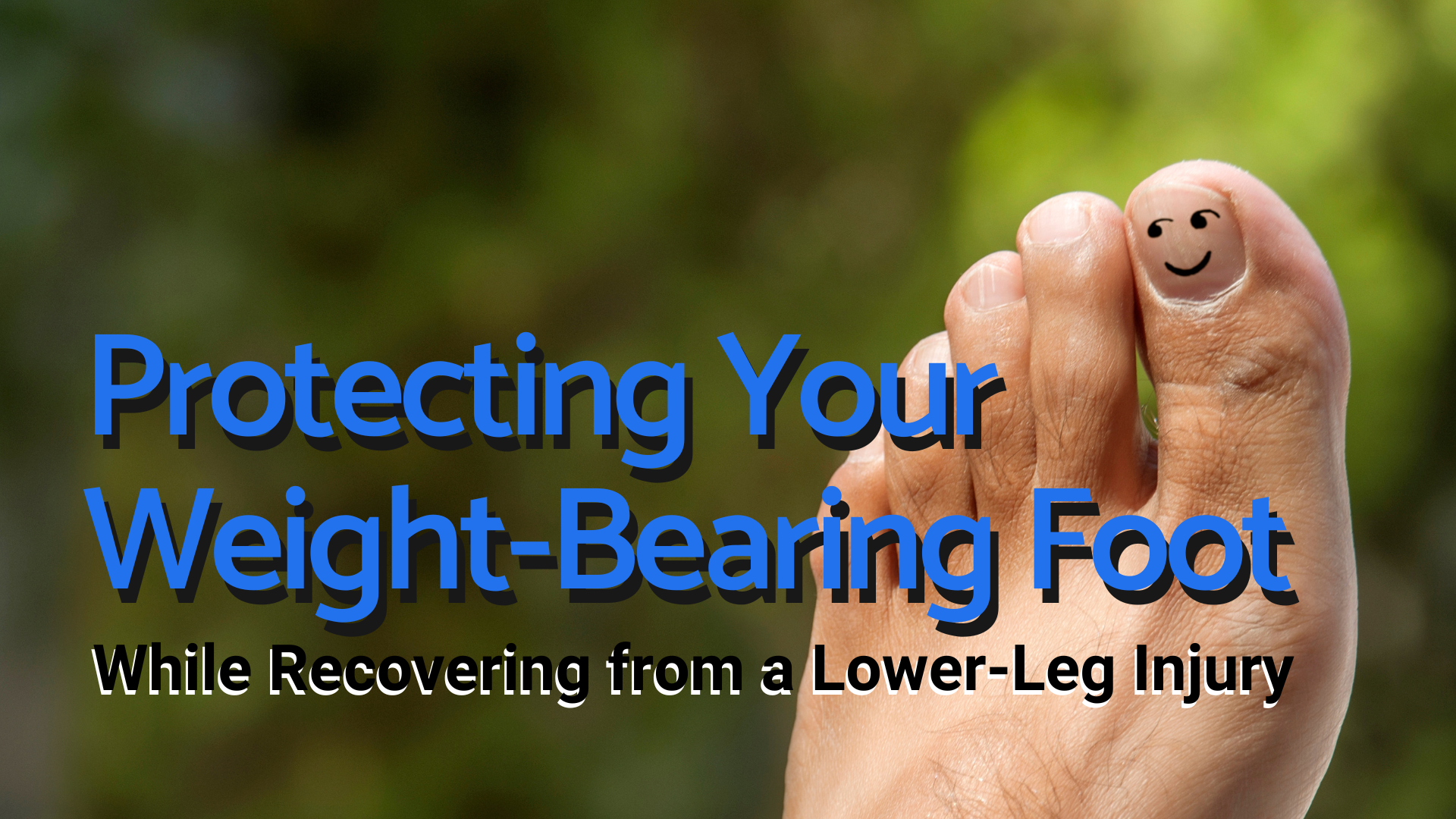Here Are the Biggest Advantages of Using Mobility Devices
Foot and ankle injuries, and any other lower leg injury for that matter, are a real pain. You not only go through physical pain but also mental agony since you can’t move around properly, for instance, after plantar fasciitis surgery or during sprained ankle recovery. Being on crutches for several weeks is even more painful, especially for people with an active lifestyle. In such a situation, mobility devices like the iWALK 2.0 save the day. Here are the biggest advantages of using mobility devices.
No Weight on Lower Leg and Foot
Depending on the severity of injury, most doctors recommend not to put weight on the foot or ankle for several weeks during sprained ankle recovery. It can take some time to regain full strength. During this time, mobility devices such as iWALK 2.0 help you move around freely and resume day to day activities immediately.
Hands Free
Unlike crutches, devices such as iWALK 2.0 leave your hands free for activities like pushing a shopping cart or cooking. If you are recovering from procedures such as plantar fasciitis surgery, your surgeon will recommend that you stay off the foot as much as possible for a few weeks after the surgery. iWALK 2.0 is the perfect way to move around after surgery.
No Pain
If you are recovering from a sprained ankle or plantar fasciitis surgery and using crutches to keep off your feet, you are going to be in pain. Soreness and chaffing are common problem with crutches. In addition, your hands are occupied all the time leaving you a prisoner of the crutches. iWALK 2.0, on the other hand, doesn’t cause any pain or chaffing. It is convenient and affordable and keeps you mobile and fully functional while you recover.
You Might Also Like:
Adventure-Seeker Completes 10K Run Despite Broken Ankle
A determined woman managed to complete a 10km off-road endurance race despite recovering from a broken ankle, by wearing a hi-tech peg-leg.
Nine Out Of Ten Patients Prefer Hands-Free Crutch
Nine out of ten people with lower leg injuries prefer using a new hands-free crutch to traditional underarm crutches, according to the first medical research of its kind.

